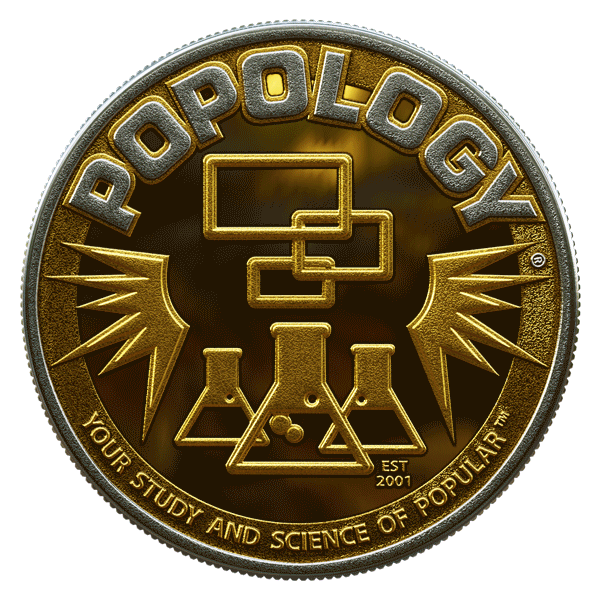a nod to the facts ~Thanksgiving (Harvest Festival) A Time for Thankfulness and Reflection
- Cheryl Bunn Yamaguchi

- Nov 13, 2023
- 2 min read
"Thanksgiving" has a complex history that is often overlooked. The real story of Thanksgiving includes the struggles of the Native Americans, who were displaced by the Pilgrims and other European settlers. It is important to remember this history and to reflect on the ways in which we can continue to work towards a more just and equitable society.
This feast is often seen as the first Thanksgiving, but it is important to note that it was not a celebration of the Pilgrims' arrival in the New World. Instead, it was a traditional Wampanoag harvest feast that the Pilgrims were invited to participate in.
The traditional story that is taught in schools is that the Pilgrims and the Wampanoag people came together in 1621 to celebrate a harvest feast after a difficult winter. However, historians have come to question the accuracy of this story in recent years.
For example, it is now known that the Wampanoag people had been celebrating their own harvest feasts for centuries before the arrival of the Pilgrims. Additionally, the relationship between the Pilgrims and the Wampanoag was not always peaceful. The Pilgrims eventually took over Wampanoag land and displaced many Wampanoag people.
Despite its complex history, Thanksgiving has become a time for people to celebrate their blessings and to come together with loved ones. For many people, Thanksgiving is a time to give thanks for their families, their health, and their home. It is also a time to reflect on the past year and to look forward to the future.
Here is a more detailed account of the history of Thanksgiving:
In 1620, a group of English colonists known as the Pilgrims arrived in what is now Plymouth, Massachusetts. The Pilgrims had a difficult winter, and many of them died from disease and starvation.
In the spring of 1621, the Pilgrims were helped by the Wampanoag people, who taught them how to plant and grow crops. The Wampanoag people also shared their food with the Pilgrims.
In the fall of 1621, the Pilgrims and the Wampanoag people celebrated a harvest feast. This feast is often seen as the first Thanksgiving, but it is important to note that it was not a celebration of the Pilgrims' arrival in the New World. Instead, it was a traditional Wampanoag harvest feast that the Pilgrims were invited to participate in.
In the years that followed, the relationship between the Pilgrims and the Wampanoag became strained. The Pilgrims took over Wampanoag land and displaced many Wampanoag people. In 1675, King Philip's War broke out between the Wampanoag and the English colonists. The war was devastating for the Wampanoag people, and it marked the end of their traditional way of life.









Great Info!